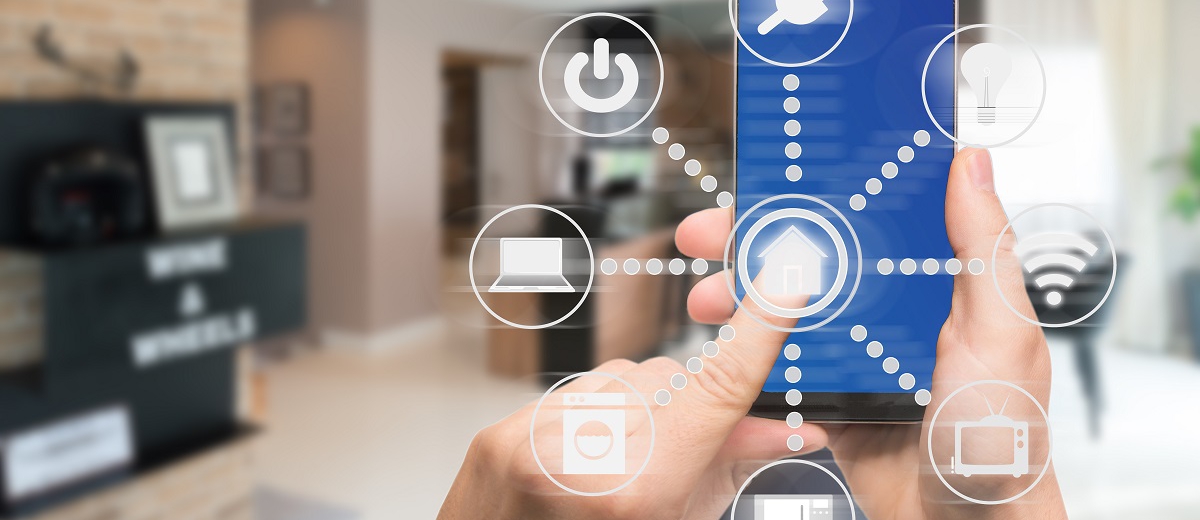The new Bluetooth Qualification Process will go into effect on 1 July 2024
SGS Taiwan is ready for this new certification process and is committed to assisting members’ products to accelerate the acquisition of Bluetooth certificates.

It has been more than 10 years since the Bluetooth Alliance launched QPRDv2.3 in February 2014, and the latest qualification plan reference file QPRDv3 is about to be adopted. New processes will be streamlined, inconsistencies between administrative and business documents resolved, and process documents consolidated into a single document.
On June 11th, 2024, the Bluetooth SIG Board of Directors approved the new Qualification Program Reference Document (QPRD) v3, which outlines the new Bluetooth Qualification Process.
The Alignment and Process Improvement Committee – Qualification Process Subgroup has completed updates to the Bluetooth Qualification Process to address one of the biggest challenges our members face: that the Bluetooth Qualification Process is too complicated.
Latest Bluetooth product certification changes
- Consolidating the PRD, DPD, Compliance Requirements from the Core Specification, and 10+ board resolutions
- Improving qualification paths with an emphasis on product and based on user scenarios, using an existing design or creating a new design
- Replacing Product Types with Core Configurations
- Updating terminology to align with governing documents and delineating the previous process
- Implementing unified and clear test requirements
- Simplifying test plans by only generating required tests
- Allowing unmodified designs to use the prior TCRL version
- Eliminating the three-year reassessment requirements
- Improving product interoperability by enforcing interlayer dependency and IOPT
- Enhancing readability by using step-by-step guidance and clear tables to explain policy
- Providing more flexibility for users to control and manage their product and design
- Adding an appendix that provides transition guidance for products qualified under PRD 2.3 or earlier
Preparations for the updated Bluetooth Qualification Process include:
- Launching a new qualification tool to support the new process and policies
- Updating the Bluetooth® Core Specification to support the QPRD
- Updating the TOUs for qualification tools
- Revising the terminology in the fee schedule (no fee changes)
- Moving the test case category transition period from the QPRD to the TMPD
- Completing a TCRL release
- Updating documents to align terminology with the QPRD
- Providing members with educational and support resources
What do I need to know about the new Qualification Program Reference Document?
- Will there be any changes to qualification fees?
There will be no changes to the qualification fees. There will only be a terminology change; “Product Qualification Fee/administrative fee” will replace Declaration Fee.
- How will I qualify my Product under the new policy?
Members will complete the following steps to qualify their product(s)

Members have several options for specifying the Design. The option applicable for your product depends on whether new features were implemented and whether any existing Designs were used. The QPRD and the new qualification tool will help you determine the proper option. Please refer to QPRD Section 3.2 to read more about the options.
- I previously qualified my product(s) under Program Reference Document (PRD) version 2.3, do I need to change anything?
When QPRD goes into effect later in the year, products that previously completed the Bluetooth Qualification Process correctly will not be impacted and will still be displayed in the Qualified Product database.
- How will specification deprecation and withdrawal impact product qualification?
Members will be permitted to qualify their product using Designs that implement deprecated specifications as long as the deprecated layers are not modified during the Bluetooth Qualification Process. Suppose a member uses a Design that implements a deprecated specification that requires modification to the impacted layer’s ICS to reflect additional features added. In this scenario, the deprecated layer must be updated to an active specification during the qualification process through the "Create a New Design" option (QPRD Section 3.2.2.2).
Designs that implement withdrawn specifications cannot be used in the “Use a Single Existing Design” option. Designs that implement withdrawn specifications can be used in the “Create a New Design” option, but the member must remove the impacted layer or update the layer to an active specification
- As a supplier, what should I be providing to my customers, and what do they need to know to qualify their own product?
As a supplier of Bluetooth technology solutions, there are some things you should know about the new policy to prepare your customers.
- The identifying number for a Design will change from Qualified Design ID (QDID) to Design Number (DN). A DN can be referenced by other members completing the Bluetooth Qualification Process like QDIDs are today. It is crucial that, as a supplier, you provide the DN(s) for any Qualified Products sold to customers so they can complete the Bluetooth Qualification Process for their products.
- Product Types will no longer supported. Designs will have core configurations that determine permitted combinations. The mapping of Product Types to Core Configuration can be found in QPRD Appendix B.
- In addition to the removal of Product Types, we have also removed the rules regarding Component reassessment every 3 years.
If you want to know more about the latest Bluetooth SIG QPRD or certification requirements, please contact us:
📧 twwireless.MKT@sgs.com ☎ (02) 2299-3279 # 1530 / 1522
